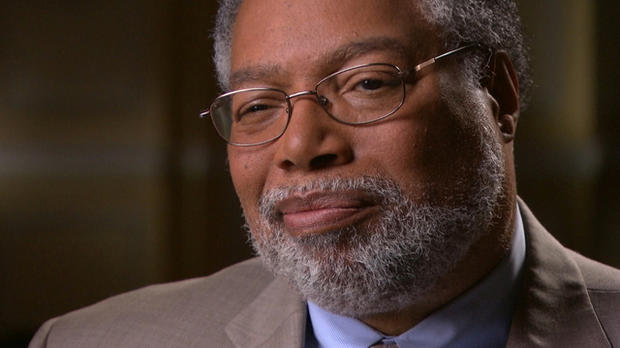Preview: A Monumental Project
It took over eight decades, but a building dedicated to African-American history and culture is finally taking shape on the National Mall in Washington after being first authorized by Congress in 1929. Scott Pelley reports on the progress of the Smithsonian's National Museum of African American History and Culture (NMAAHC) and some of the items being considered for its collection in a 60 Minutes story to be broadcast Sunday, May 17 (7:00-8:00 PM, ET/PT) on the CBS Television Network.
The original authorization by Congress for a "Tribute to the Negroes' Contribution to the Achievements of America" was placed in the hands of a commission. Progress stalled, partly because the Great Depression, when no funding could be found. In the 1960s, despite the Civil Rights Movement and the efforts of prominent African Americans, a museum did not get off the ground. By the 1980s, there were several African American museums in various states, but still no national structure. It wasn't until 2003, when Congress agreed to fund half the cost and President George W. Bush signed the bill, that the project became a reality.
Next, a long petition began for a space on Washington's National Mall, the only place that Founding Director, Lonnie Bunch, believed the building should be. "I knew that this is where this museum would have to be. That this is America's front lawn," he tells Pelley. "This is the place where people come to learn what it means to be an American and this museum needs to be there."
Museum curators have searched the globe for a decade looking for objects to include in their collection. They range from artifacts of slavery and freedom, mementos of military service, symbols of the civil rights movement and the Harlem Renaissance. Some items were so large, that the museum had to be built around them. Cranes carefully lifted and placed a full size segregation railcar and a 21 foot tall concrete guard tower from the prison in Angola, Louisiana into the museum.
The stories of famous African Americans will be prominently featured with care. The museum has collected a wide array of items, including a horn played by Louis Armstrong, protective headgear worn by Muhammad Ali, a fireman's mask invented by the mechanical genius Garrett Morgan and rare photos of Frederick Douglass, the great abolitionist leader.
Some objects come from the basements and attics of everyday Americans. The Smithsonian's "Save our African American Treasures" program has drawn more than 3,000 people to events across the country. The museum offers to examine family heirlooms for possible inclusion; among the donations were a 19th Century violin played by a former slave and a Pullman Porter's cap
The National Museum of African American History and Culture is now near completion. The $500 million dollar project is scheduled to open its doors in 2016. When it does, says Bunch, who's been working a decade to make it happen, "America will have a place that allows them to remember, how much we as a country have improved, changed, challenged and made better by the African American experience."
